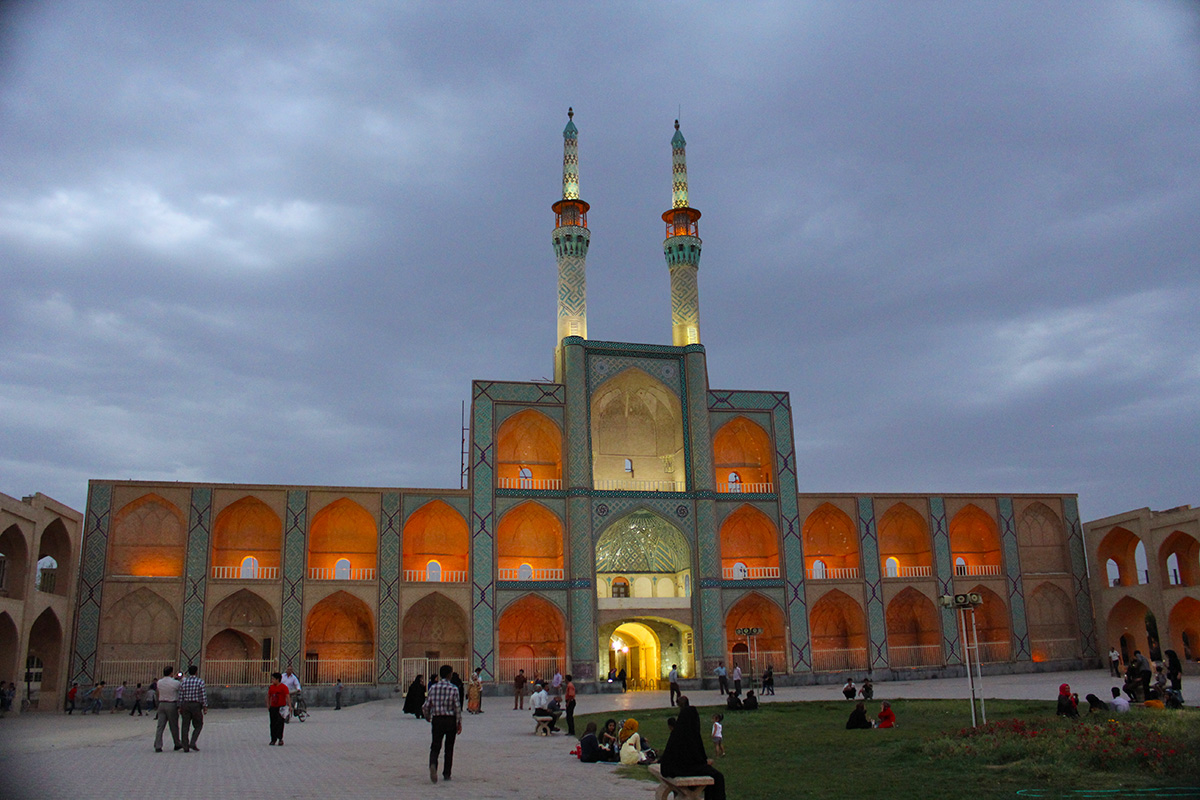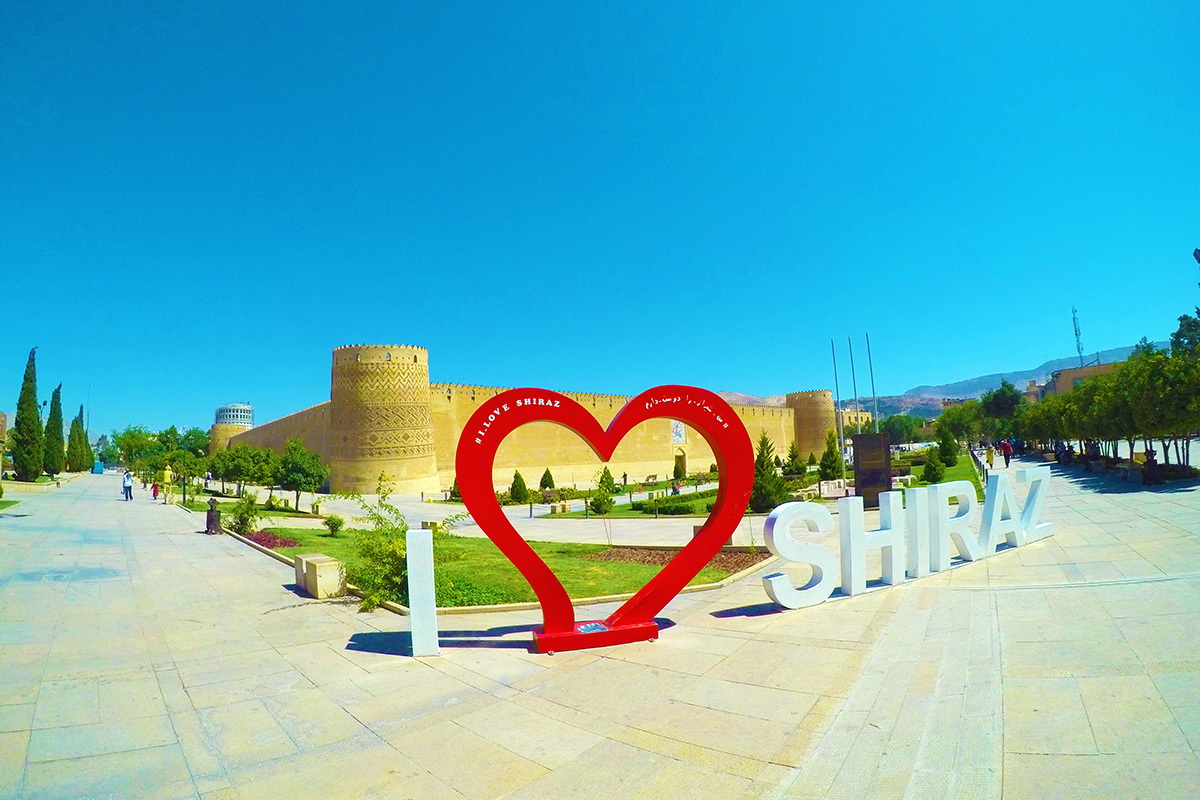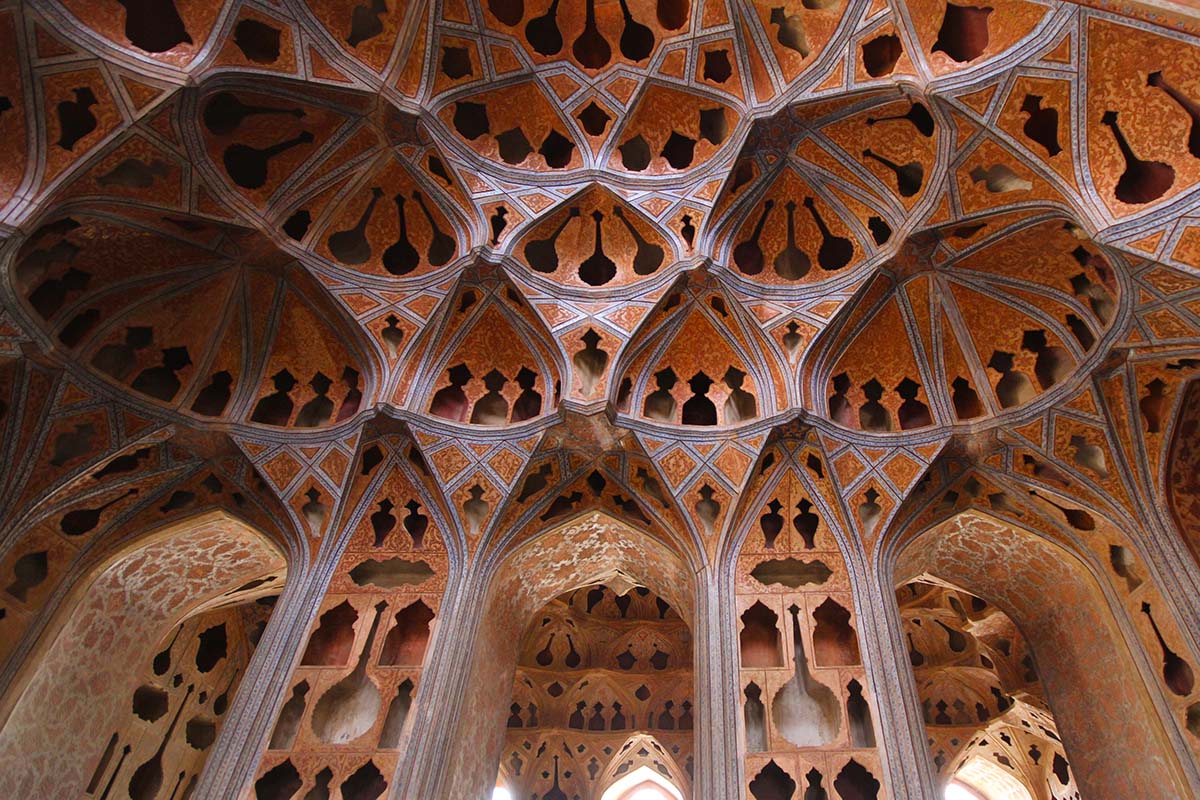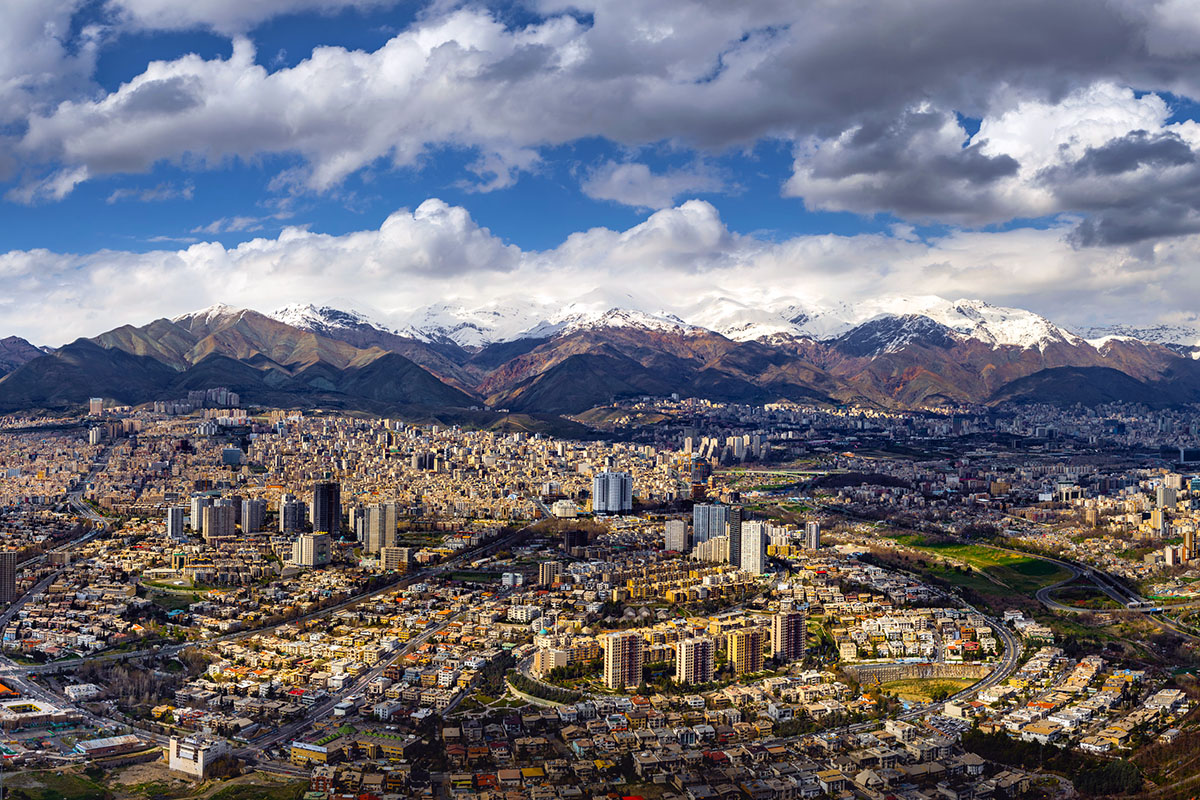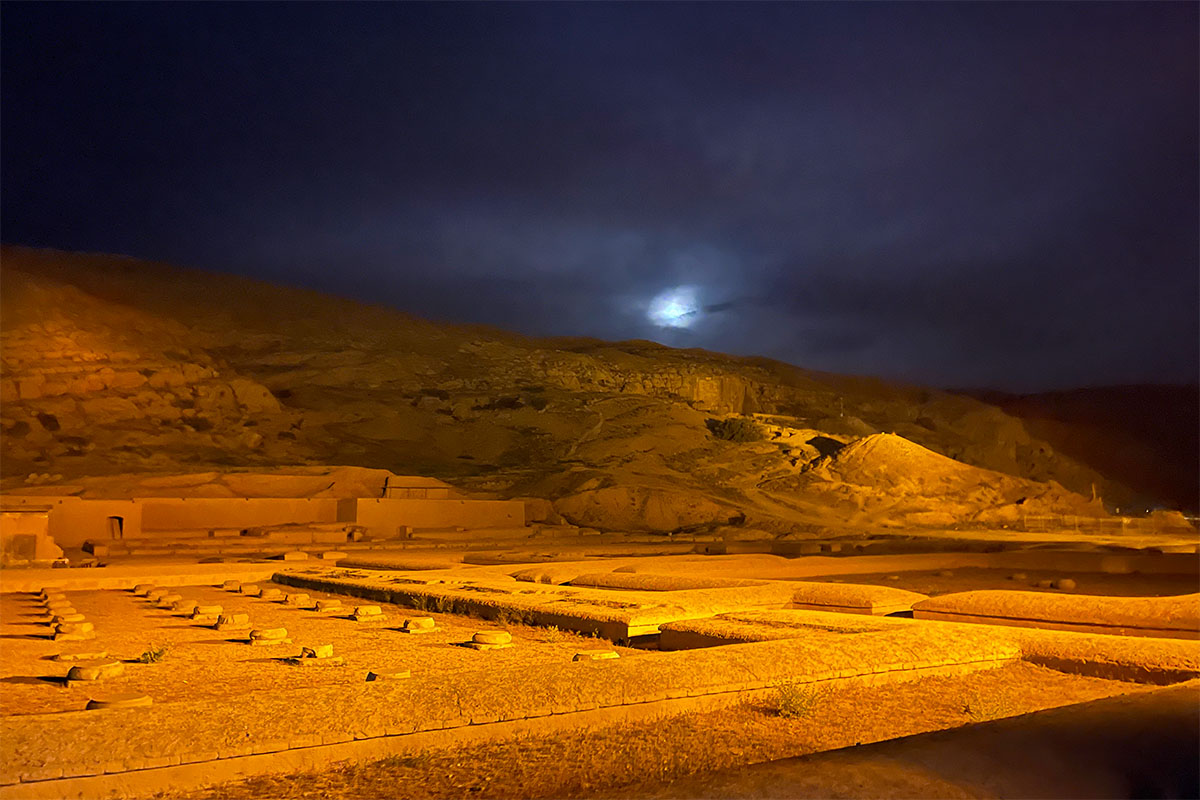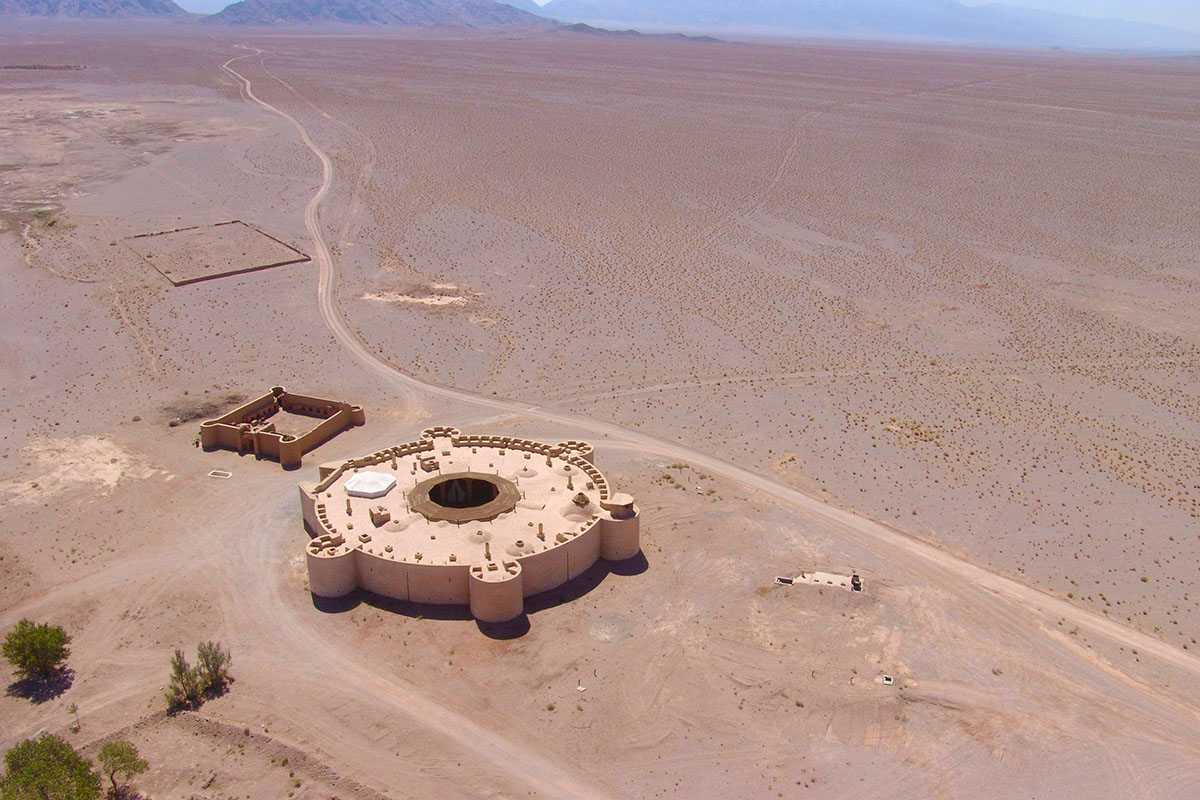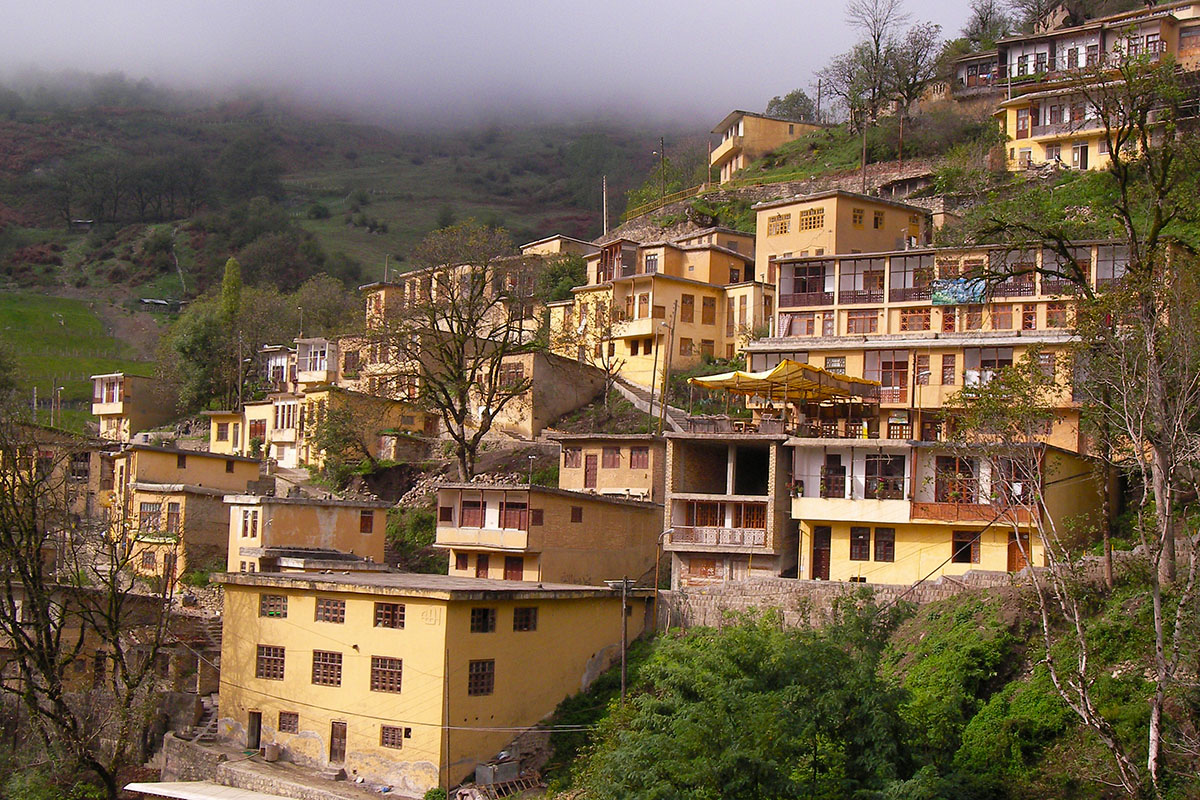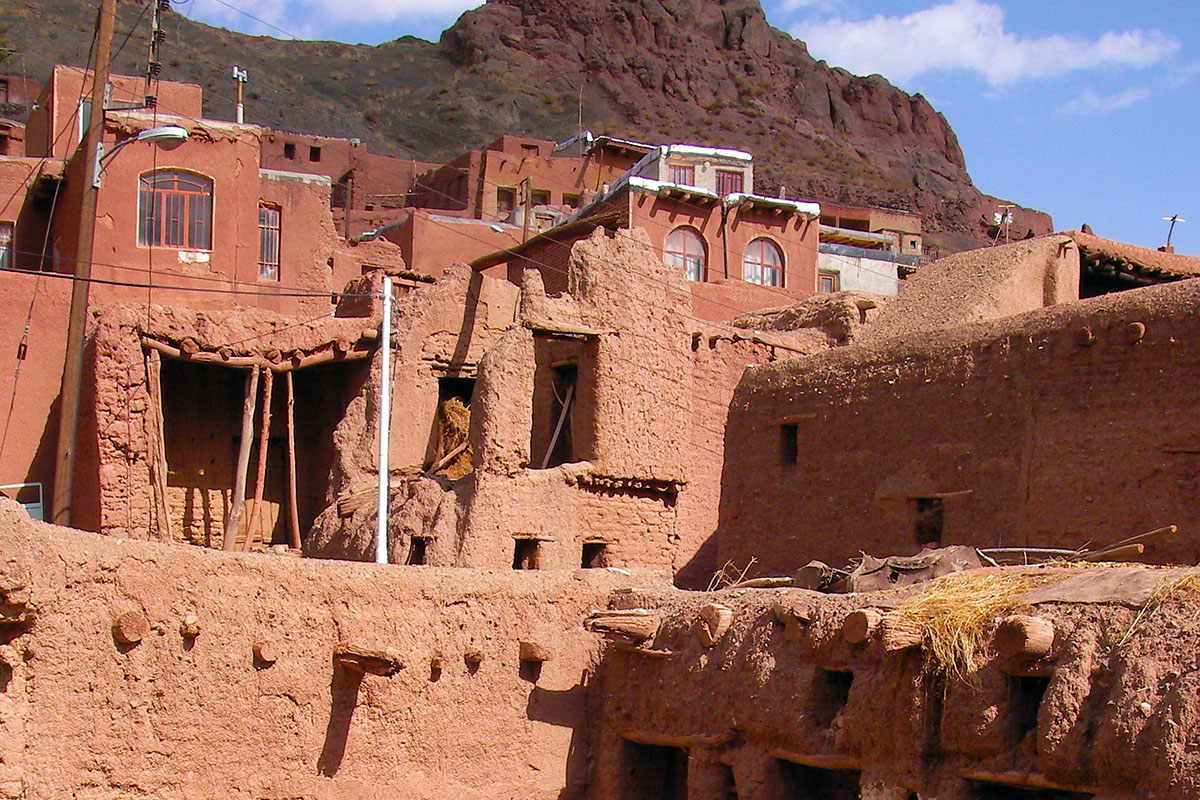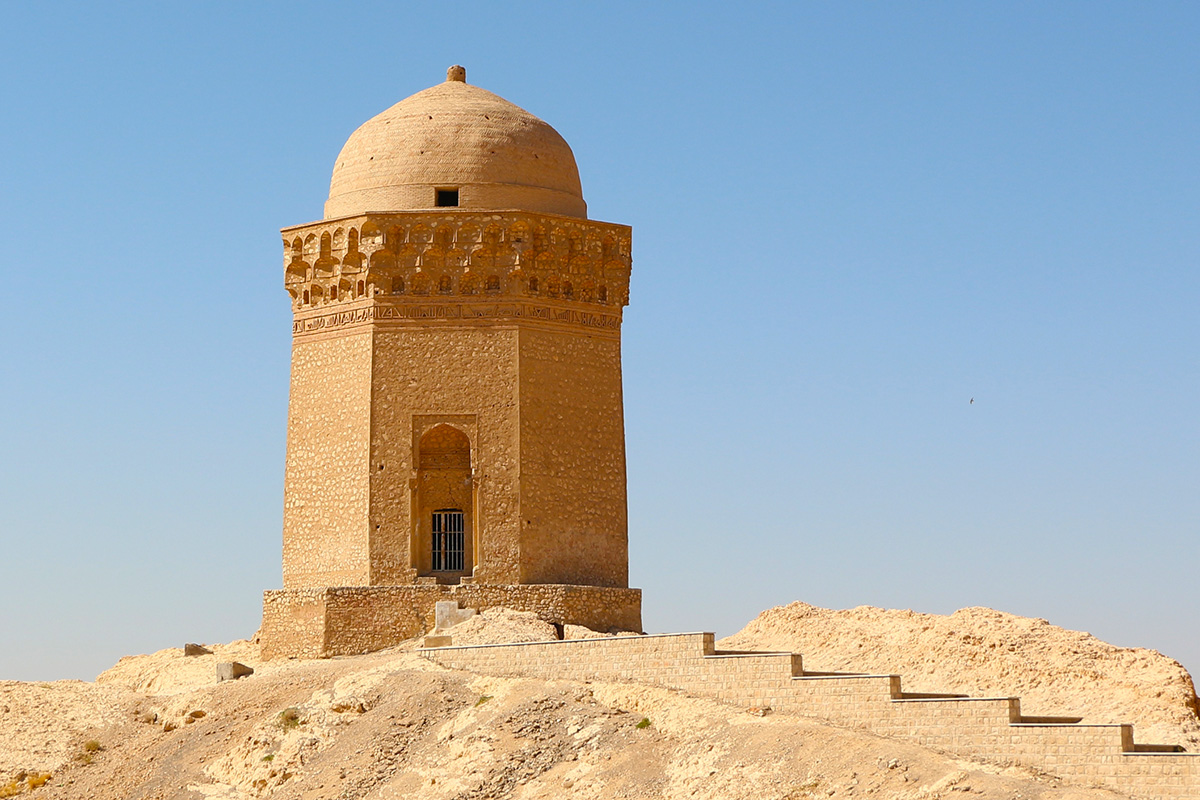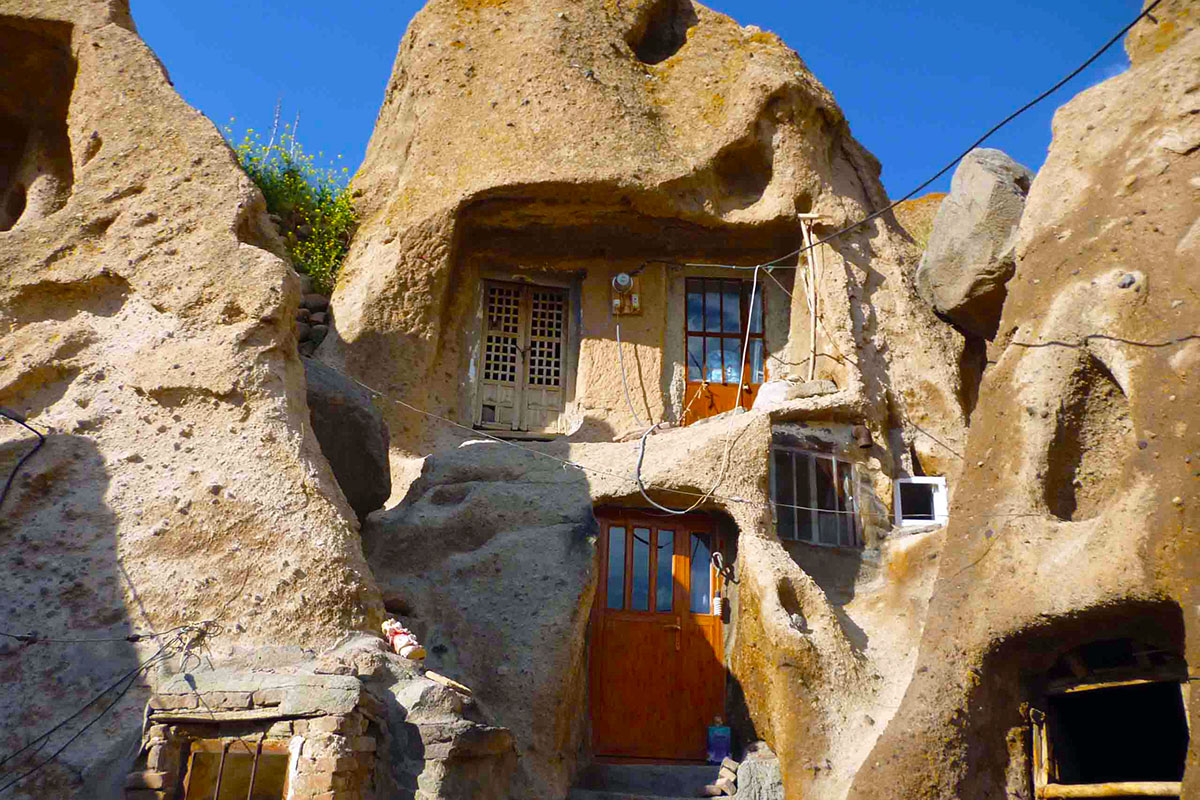There is no denying that one of the most outstanding ancient city of Iran is Yazd. By its mystery and charm, refined culture, magnificent architecture and ingenious structure, the city was actually designed to wonder anyone who entered it. With an area of 12 9,285 square kilometers and approximately one million inhabitants is considered as the fourth largest cities in the country. Yazd province is located at the oasis of Dasht-e-Kavir desert in central Iran and on the edge of the Lut desert plains which could be the most beautiful desert city in the world. It shares a common borders with southern Khorasan, Isfahan, Kerman and Fars and its important cities include Abarkooh, Bafg, Taft and Mehriz. Geographically Yazd Province is situated in the territory of central mountain ranges and most part of it is covered with deserts and barren regions. Moreover mountains, plains, salty regions, sand hills and hill foots are also observable. You’ll discover several traditional elements such as Wind- catchers which work as a cooling system, simple courtyards, ornate wooden doors, lovely adobe clay houses which are reflecting the sunlight and receiving the less sunlight heats and narrow alleys with dome like arches enchant tourists all over the globe. It is the architecturally unique city including tombs, buildings, funerary halls, temples, arched gateways and even baths which will absolutely take your breath away. In addition, the city sat on the path of the ancient Silk Road and was the lodging and visiting spot for many travelers and merchants. Marco Polo in his travelogues titles the city: “the noble city of Yazd”.
Deserts
Over 25% of Iran’s total land area is desert. It is a geographical region that receives 10 inches or less of precipitation annually. Although they are inhospitable and even dangerous places to live or travel, deserts are not devoid of life. Centuries of adaptation to desert climate challenges have made it possible for people, plants and animals to deal with. These regions are a collection of all the geomorphologic phenomena related to deserts. The Lut -Kavir and the Great- Kavir, the largest and perhaps most well-known desert areas, are also Iran’s largest deserts at 360,000 km².
Dasht-e Lut
The Dasht-e Lut Desert is spread along the south of Khorasan province and reaches Sistan, Baluchistan and Kerman. It covers an area 480 kilometers (300 miles) long and 320 kilometers (200 miles) wide, and also is one of the driest and hottest places on the planet. The diverse landscapes of the Dasht-e lut include massive sand dunes, stretches of gravel and dry valleys. Dasht-e Kavir (Central Desert), also known as Kavir-e Namak or Great Salt Desert, is one of the Vast deserts located in the central plateau. It covers about 77,600 square kilometers of the country of Iran, making it the largest arid region. The magnificent landscapes include extensive marshes and sand dunes that are exposed to strong winds and storms.
History
It is one of the oldest towns on the earth made from sun-dried mud bricks dates back to 3000 years BC from Median Empire. It serves as the first adobe city and the second ancient city in the world which previously known as Ysatis. Several ancient monuments scattered across the province such as figures on Arnan Mountain, the painted ceramics and crockeries in Narin and Meybod castle, caves and ancient works of architecture prove that the History of human settlement in this territory dates back to the third millennium BC when the tribes had migrated from Balkh to Pars in Pishdadiyan dynasty. Some historians attribute the construction of the city of Yazd to Alexander the Great who built a prison in this region and named it Yazd. Yet, other historians believe that it was a Sassanid king, Yazgerd I who ordered the construction of the city. Due to its trade way, postal service and courier this city had enjoyed a special social and economic status in Achaemenid era and was conquered by Muslims in 6th century.
Economy
With the expansion of urban growth and economic development, Yazd province has changed in to one of the industrialized city including modern spinning and weaving machinery factories and textile manufacturing unites as well as carpet weaving, knife making, ceramics, pottery, gold and silver works and masonry. In addition to the automotive and craft industry, confectionary with a long history has the international reputation. Travelers to Yazd have privilege to pick up the souvenir among a wide variety tasty sweets and stunning handicrafts such as ceramic and pottery, tile works, goldsmith, Give bafi( weaving a kind of foot wear), engraving, Zilo bafi ( a kind of weaving),khorjin Bafi( weaving a kind of bag), glass and leather works. One of the time consuming work is weaving Termeh that is a hand-woven cloth with more than 250 years of history is among the most special handicrafts in Yazd province. One the famous export item of this city is different kinds of carpets which are woven by women at home mostly who do not work outside. Elements such as fluctuations of temperature, excessive evaporations and unsuitable soil have resulted in creation of special kinds of plants and herbs such as black cumin, milk vetch, common thyme and barberry.
Weather and climate
It is regarded as one of the driest cities in the country with rarely rains and snows due to it is located in the hot dry climate zone with approximately 300 sunny days per year. In Winter months which starts from November to late February, the weather is mild and sunny without humidity and in summer months which starts from march to October, the weather is hot and dry .The highest and lowest temperature are +45°C in the summer and -16°C in the winter and the average annual precipitation is estimated 43.8 mm. The highest spot in the Yazd Province like the Shirkooh heights, play an important role in climate moderation and except Shirkooh mountainous region, the rest of Yazd has a dry and warm climate. Favorable winds blow from the north-west on the most of hot days, while the second favorable wind blows from south –west only. The desert sky with the sunny days and starry nights attracts many nature lovers around the world.
Transportation
BUS
VIP buses are quick, convenient and a safe way to travel. Frequently buses to Tehran, Esfahan, Shiraz, Kerman, Mashhad and Bandar –Abbas are available from central bus station. Get around Yazd using public buses which are cheap and convenient.
Airport
With an area of 575 hectares and the height of 1230 meter above the sea level , 10 kilometer far from the city, the Shahid Ayatollah Sadoghi airport is located in the west side of the city .Mostly commercial flights and sometimes military flights are intended form this international airport. Daily domestic flights to Kish, Tehran, Mashhad and Bandar-Abas and some international flights to Jadeh and Damascus are operating from Yazd airport.
Train
Due to its major industrial and economic potential, Yazd province has joined the railway network. Yazd train station which is located southern city is served by daily train services to the several cities in the country such as Tehran, Mashhad and Isfahan, Kerman and Bandar-ABBAS. The overnight trains depart for Tehran, via Kashan and Qom are available.
Availability of transportation stations
- Baggage
Storage service is available
- Wheelchair
Access to the train and bus stations.
Wireless Internet:
WIFI Internet is accessible in the station
Cultural attractions
The culture of the Yazdi people is of a high level as compared to other Iranian cities because the people have tried to keep their traditional customs .To name an example is the adobe structure which indicates beautiful picture of coexistence of people and nature.
Celebrations
People of Yazd celebrate their national, local and religious occasions same other regions in the country. Iran's largest community of Zoroastrians are settled in Yazd more than any part of Iran who have enriched the social fascinations with their own special ceremonies and traditions.
Nowruz
New Year begins with the ancient ceremony of Nowruz by spreading Haft sin. Other symbols and customs are Khaneh-Tekani which means cleaning the home, buying new cloths and visiting each other. Zoroastrians light the fire on their roofs in this day.
Ashura
One of the occasions which almost all Iranian commemorate is Ashura. It refers to tenth of Moharam on 10th October in 680 AD which the third Shiites’ Imam, along with 72 of his fellow fought with the tyrannical ruler of Umayyad caliph on Karbala Desert’s battlefield. In ten day, people commemorate this religious ceremony by playing mourning tunes along Sinne Zani (strike their chest) and Zangir Zani (involving use of chain) to commemorate Imam Hussein and the goal of his uprising. In addition to the regular celebrations, Mehregan, sadeh, Ghahan Baz which is lasts 6 days as Zoroastrians believe that the material of the world has been created in 6 days and Hiromba feast similar to fire work of sadeh are the most famous celebrations among Zoroastrians in Yazd province.
Language
People have tried to keep their traditional Persian language and nowadays they use some Old Persian words which you cannot find in the everyday speech of people in other Iranian cities. In addition to Farsi (Persian, the national language of Iran), the traditional language which is spoken among the Zoroastrians of Yazd is called Dari. Due to the geographical location of this city, nomadic lifestyle doesn’t observed in any part.
Food and drinks
Yazd province has its own specialty for making food. The people of Yazd prefer dishes and pastries in a hot temperature in nature. Shuli is a famous local ash made from cereals, vegetable and vinegar.
Nan berenji, Qutqb, coconut Lowz, Baghlava are the famous Yazd’s sweets.
Tourist attractions
Bazaar
Bazaar (market) works as the economic point of the city. It is like a dome covered street surrounded by many little private shops and workshops. In the Bazaar each department has its own part and name, for instance, Gold Department, Shoe Department, Hand ware Department and so on. In Bazaar, some tunnels which go about 50 steps underground and link to the subterranean canal and some fascinating public buildings such as Mosques for praying, school for studying, Caravanserais for the travelers to rest and Ceria for commerce could be seen.
Fire temple
With the effort and founding of Yazd Zoroastrians, the most important fire temple was built in 1934. Its main building is situated in the middle of the large and green garden on the east side of Ayatollah Kashani Street. It is the only fire temple in Iran that houses the Atash Varham means victorious fire which is believed that the secret flame behind a glass has been burning for about 1500 years. As well as the place for worshiping, the fire temple also served as a court, an educational center and health center. On the top of the entrance door, there is the image of Farvahar which is the symbol of Zoroastrianism. The design of the walls, stones columns, colorful tiles with special design regarded as art works of Isfahan’s handcrafts and water ponds in front of the temple represents the Iranian art and culture.
Dolat Abad garden
The first Yazd’s aqueduct known as Dolat-Abad was built by Mohammad Taghi Khan, the great zand’s king, and afterwards the Dolat- Abad edifice was erected as a king’s resistance. The complex contains several buildings including the wind catcher, reservoir, Moshajar garden, stable, mirror halls, the main and south entrance and Hashti (vestibule). Different kinds of trees such as pine, cedar, grapes and pomegranate can be seen in the garden enclosure. The most impressive feature of the building is the world’s tallest windward with 33.8 meter height.
The Jameh Mosque
The grand congregational mosque of Yazd dating back to 12th century is regarded as one of the outstanding building. It is believed that the mosque was built on the ruins of the Sassanid fire temple by Ala'oddoleh Garshasb during the Al-e-Bouyeh dynasty and was largely rebuilt in 14th century. The two most outstanding features of this Islamic mosque are its domes and minarets. It is famous for its notable minaret’s architecture as the highest in the world with more than 52 meter and their turquoise gem that could be seen from miles away. With the special tiles works and various domes, this mosque is an excellent example of Islamic architecture. Under the central dome inside the mosque, there are some smaller dome like arches designed with dazzling ceramic tiles and the beautiful manuscripts from holy Quran which depict the masterpieces of calligraphy and tiling.
Amir Chakhmagh complex
Amir Chakhmagh complex including the astonishing building and main square consisting of the most important mosque, school, water well, water reservoir, Fatima Haji Qanbar Bazaar and convent which was built by Amir Jalal Al Din Chakhmagh with the help of his wife, Fatima Khaton during the Timurid period in the 9th century is the most significant historical places in the middle of the city. The outstanding features of this complex is the mosque with the marble alter stone, huge dome and excellent platform for winter and summer. A breathtaking construction is worthy to visit.
Ab-Anabr-e-Shesh badgiri (cistern with six windward)
Most of cistern so called Ab-anbar which means water storage is a sustainable traditional water supply system in a hot arid regions and is a remarkable example of Iranian vernacular architecture. It is the traditional type of reservoir that was commonly built in pre-modern-Iran. Yazd as the historical and desert part of the country contains several Ab-Anbar along with wind-catchers. These structures are usually located in the center of the city made up of main parts: the underground reservoir, the platform, and the dome and six wind catchers. Ab-Anabr-e-Shesh badgiri is one of the oldest water storage in Yazd which is located in the Tel district. The building has two entrances with 55 steps in the north and south. The most outstanding feature of this structure is the arch by brick facade and large roof water storage tank which was built by Haji Hussein Mirallah in 1379 AH.
Yazd water museum
Water museum, one the most valuable architectural monuments that is situated in Kolah-douz-Ha house in the north of chakhmagh square was inaugurated in the Yazd city in 1379. The house with two Quant streams running under it dates back to 100 years ago. The unique instruments exposed to exhibition at this place includes special equipment for drilling, traditional water distribution policy, detailing water transaction and many accessories items for carry and storage of water. The museum includes of water volume measurement tools, special equipment for drilling, many accessories and valuable items to transport and store of water. Moreover, more than 200 items such as cannel digging, wheel wells and water harvesting have gradually been collected by authorities in 1992 and have demonstrated in this museum.
A tower of silence
A tower of silence is a circular, raised structure used by Zoroastrian for exposure of the dead. The common Dakhme originally denoted any place for the dead. Most of them returned to Sassanid era.it is located 15 kilometers from the bustle of the city which has been maintained by Zoroastrians till today.
Qanat
Due to the climate condition, excess evaporations and water shortage in the Yazd province, people of this city practically live underground as there are many Qantas below the surface to reserve and distribute water. It is a system which is connected wells usually originating from elevated locations and directs water to far away lower elevated locations via underground channels. Like this, the water from the Qanat would come in the basements and go from one home to other. This underground system which is traditionally originated from ancient Persia was done by hand over decades and the technology was developed by Persians about 3000 years ago and the techniques were transferred to numerous countries around the world such as china and Spain.

